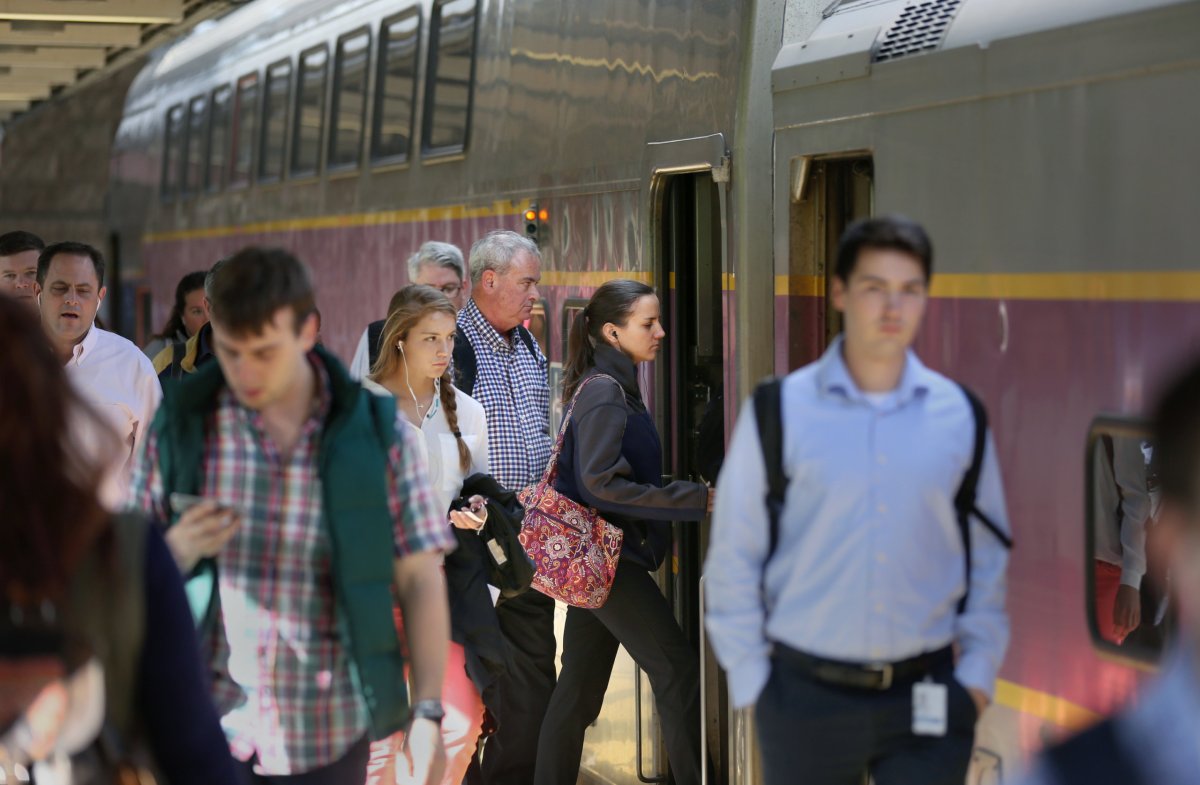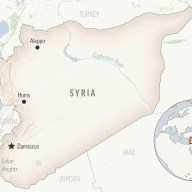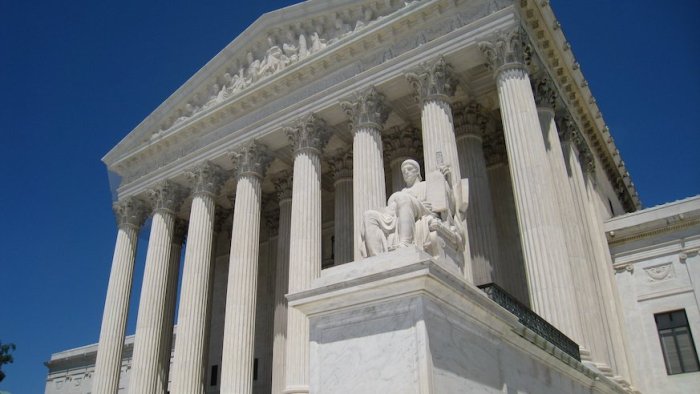With service cuts and a fare hike this year, it’s no surprise to riders that paying for public transportation in the Boston region gets expensive.
RELATED: Over protestors chants, MBTA approves fare hikes
RELATED: MBTAkills late night service
But does the price tag on MBTA services add up?
That was the question on Greg Sullivan’s mind when he started pulling together Federal Transit Administration data on regional systems like the MBTA from across the country.
“We wanted to see where they stand. Is their service more expensive than others – the cost per trip, per mile, per hour,” Sullivan, research director to the Boston-based public policy think tank Pioneer Institute, said. The FTA has long-kept records from public transit agencies across the country. Any system that receives federal dollars is mandated to share information on its services and operating expenses. The problem was understanding it. With the help of DataMadeUseful a Colorado-based web development company, Pioneer Institute launched its web app mbtaanalysis.com this week. “The data was very arcane, not easy to work with unless you were experienced with data analysis,” Sullivan said. “Our tool is made, I hope, for laymen people to be able to use.”
“It’s a working man’s view of the T and comparable agencies,” he added.
The app allows users to access information on the MBTA’s operational and capital expenses and service and operating efficiencies going back to 1992. Using a series of taps along the top of the screen, users can select any of the last four tabs to measure the MBTA against results of other transit agencies in the U.S. The app can even narrow comparisons to cohorts— systems that are similar to the MBTA in size and scope. Users can also select by mode— bus, light rail, heavy rail, etc. So, how does the MBTA measure up? Spoiler alert: costs at the MBTA are on the high side.
Using the data, Sullivan hopes policy makers can identify areas for cost savings.
“Some things are big money, some aren’t as big money, but are just very interesting,” he said.
The MBTA is getting the message.
Brian Shortsleeve, MBTA chief administrator, appreciates the Pioneer Institute’s help in keeping the public informed about not only the MBTA, but also public transit systems across the country. He said the MBTA is strongly committed to transparency while it navigates away from decades of mismanagement. Earlier this year it launched a virtual performance dashboard called Back on Track, which updates MBTA data on spending and service reliability on a daily basis. “One of our goals when we got started last summer with Fiscal Management Control Board was to focus on data-driven decision making,” Shortsleeve said. “Every day we are using data to make decisions and we are committed to being transparent.” The five-member board took over management of the MBTA in July 2015 and was described as a form of “soft receivership” by Shortsleeve.
Thanks to better use of data, Shortsleeve said the MBTA has identified potential savings by doing such things as outsourcing bus and vehicle maintenance and switching from paper-based to electronic systems. In October the MBTA eliminated its cash room, where cash fares were counted, amid rumors of gross management. A contract with Brinks will save about $8 million annually. RELATED: Security guard tasked with protecting T cash found asleep: Report These cutbacks have paid off for riders. This year expenses are holding steady — they had been increasing at a rate of 5 percent annually for previous decade. Shortsleeve said he is committed to continue using concrete data to get a better system. “We owe it to riders to save every dollar we can because that’s money we can then put back into our system,” he said.
Data app brings transparency to MBTA costs

File


















